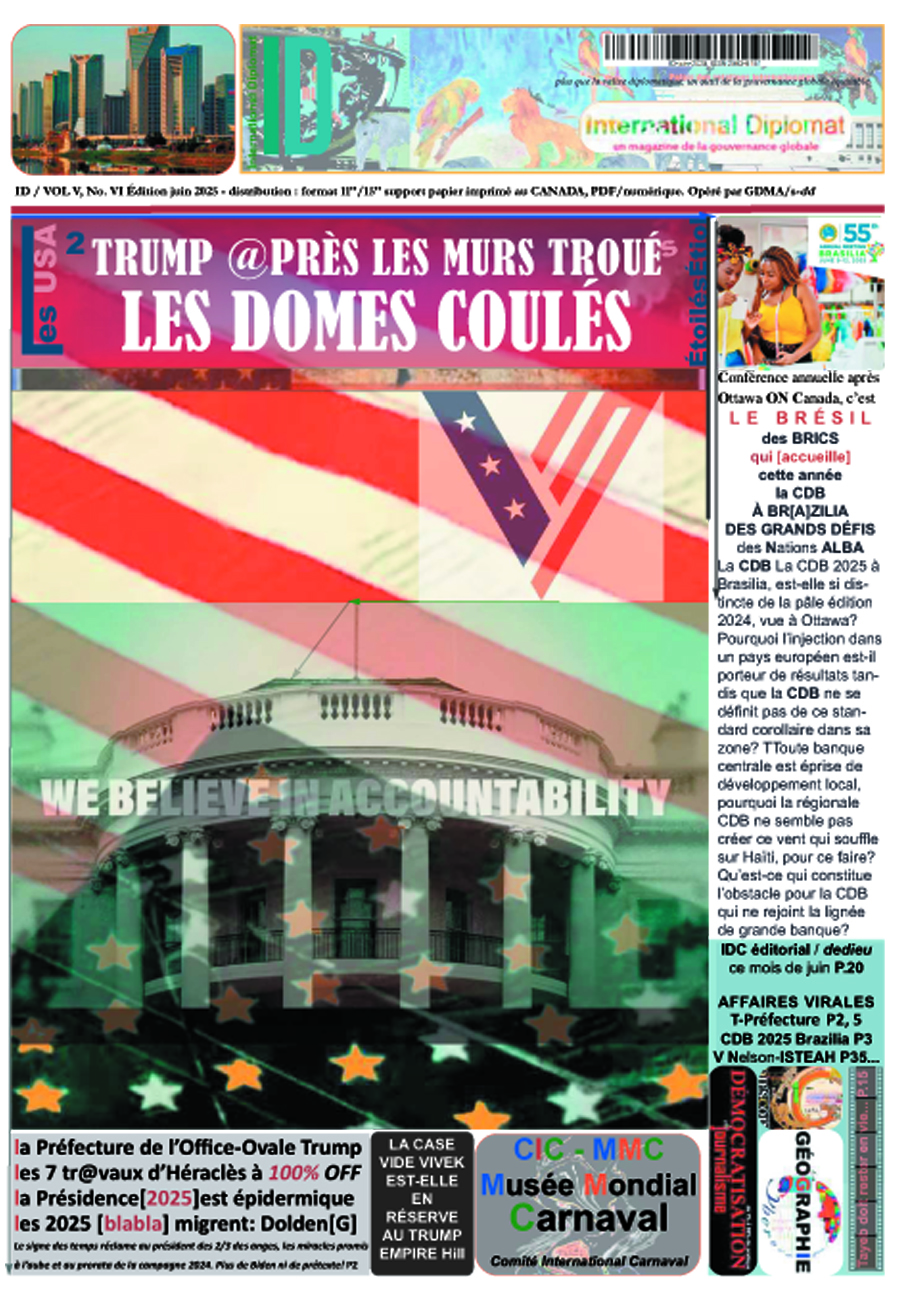Michael Sexton’s book MARCONI: The Irish Connection adds to the vast corpus of professional and other literature about the pioneer of radio communication and inventor of the first practical system of wireless telegraphy. With appendices and bibliography it provides sketches, drawings, maps and photographs.
From a young age Guglielmo Marconi (1874-1937) developed a passion for the sciences and studied physics at the technical institute of Livorno and the University of Bologna. The book provides commentary on what Marconi’s technical experiments and achievements meant to Irish society. Its foreword recognizes … that Marconi was more of a genius at spotting the potential that could be harnessed from the application of existing knowledge than he was an original inventor.
Marconi had an Irish mother, Annie Jameson, and married Beatrice O’Brien, daughter of Lord Inchiquin. Sexton’s study traces Marconi’s Irish and Italian family connections, and his work in Ireland, in particular the installations of his radio signalling stations at Crookhaven, Ballybunion and Clifden, which in 1907 was the most advanced station of its kind in the world.
Cork City’s Radio Museum at the heritage centre of the old Cork City Gaol incorporates the RTE Museum Collection. There is a room dedicated to the life and work of Guglielmo Marconi. Situated in the unlikely setting of the former Governor’s House the “Radio Museum Experience” deals not only with the early days of Irish and International Radio Broadcasting but with the impact of its invention on all our lives.
International Marconi Day is celebrated on 25 April to coincide with the date of his birth in 1874. He died in Rome on 20 July 1937 when two minutes of silence were observed on radio waves worldwide as homage to the man who became known as ‘Father of Radio’.
Centenary celebrations (1894-1994)
The book’s Epilogue recalls how the direct link between Ireland and the Marconi family took on a new and different lease of life in 1994, when Princess Elettra, Marconi’s youngest daughter by his second marriage, arrived in Ireland together with the President of the Fondazione Guglielmo Marconi, Professor Gian Carlo Corazza. In addition, a delegation of fifteen arrived from Bologna itself, representing various relevant elements of the city, councillors, journalists, educationalists, etc.
The highlight of the visit was a seminar organised by RTE, in association with the Instituto Italiano di Cultura, Dublin, mainly concerned with various aspects of the consequences of Marconi’s great invention 100 years previously with emphasis on his involvement in Ireland. A replica of the first Marconi spark transmitter was actually fabricated by Mr. Paddy Clarke of RTE specifically for the celebration.
In June 1995 a major gathering took place in Clifden in the presence of Princess Elettra, who unveiled a plaque at the site of the wireless station at Derrygimla, which was followed by lectures both in Clifden and Galway. The Italian Navy also participated on this occasion, recalling Marconi’s naval involvement.
In June 1998, Princess Elettra returned again to visit and unveil commemorative plaques at the extreme ends of Ireland, namely Ballycastle, Co. Antrim, and Crookhaven, Co. Cork.
Nobel Prize Centenary (1909-2009)
The experiments and achievements of Guglielmo Marconi have been widely recognised by the award of many national and international degrees and distinctions. In 1909 he shared with the German physicist Karl Ferdinand Braun, the Nobel Prize in Physics for important radio communications. Before a distinguished audience, including the King of Sweden, Marconi delivered his Nobel Lecture at the Royal Academy of Science, Stockholm, on 11 December 1909.
In his acceptance speech for the Nobel Prize in Physics, Marconi stated … In sketching the history of my association with Radiotelegraphy I might mention that I never studied Physics or Electro technics in the regular manner, although as a boy I was deeply interested in those subjects. I did however attend one course of lectures on Physics under the late Professor Rosa at Livorno, and I was, I might say, fairly well acquainted with the publications at that time dealing with scientific subject including the works of Hertz, Branly and Righi …
A facsimile of the typescript of the complete lecture with annotations by the author has been published by the Fondazione Guglielmo Marconi, Villa Griffone, Via Celestini, I-40044, Pontecchio (BO), Italy.
Ita Marguet
Note: Acknowledgement is given to all sources used in preparation of this text including Marconi: The Irish Connection by Michael Sexton, 2005. It follows printed articles entitled Wireless telegraphy: Switzerland and Ireland (2004), Ireland and Wireless Telegraphy “Wavelengths of time” (2005), Salvan: Cradle of Wireless: Guglielmo Marconi (1874-1937) (2006), Guglielmo Marconi: ‘Telecommunication Heritage’ (2009), by Ita Marguet.





